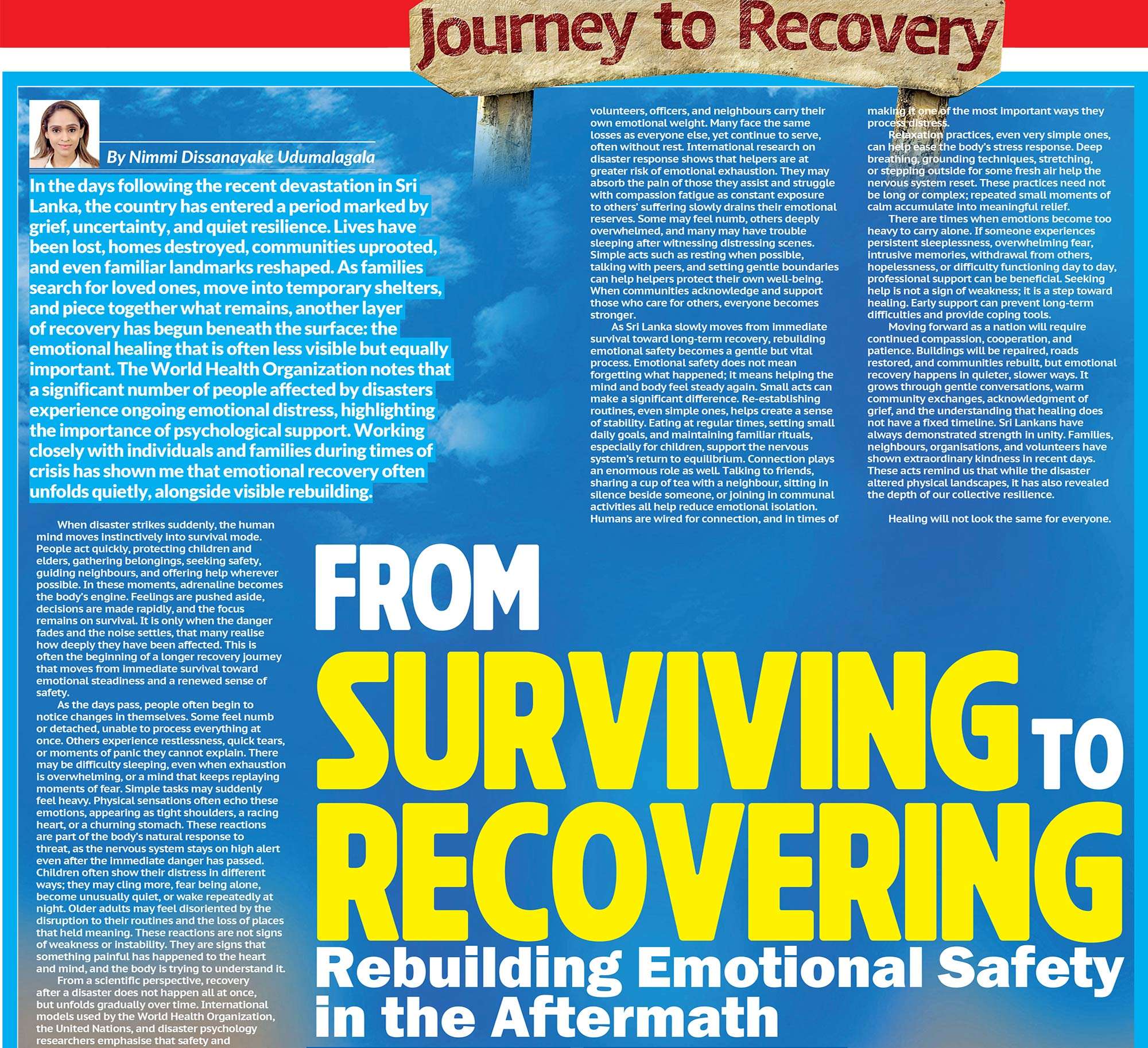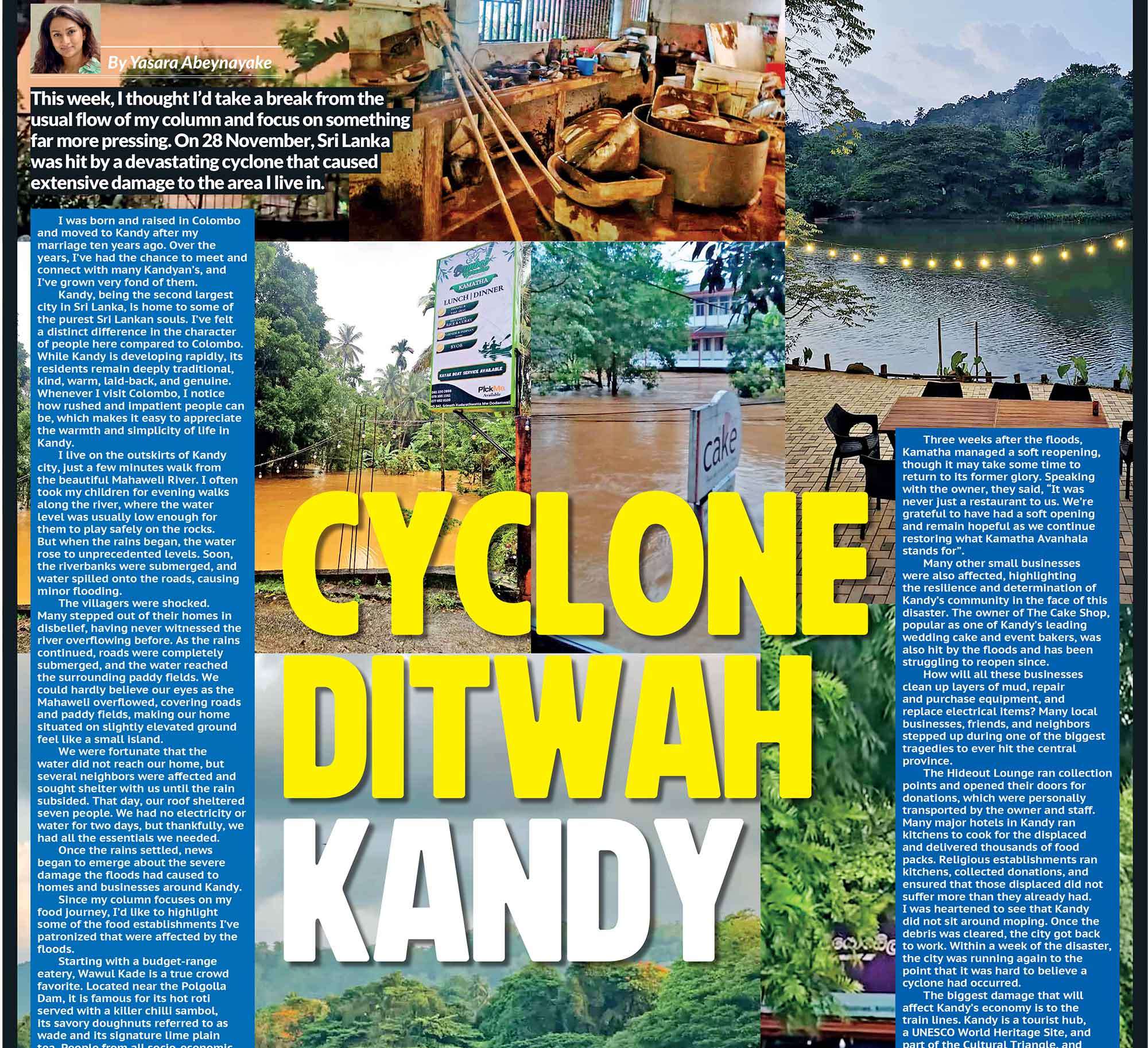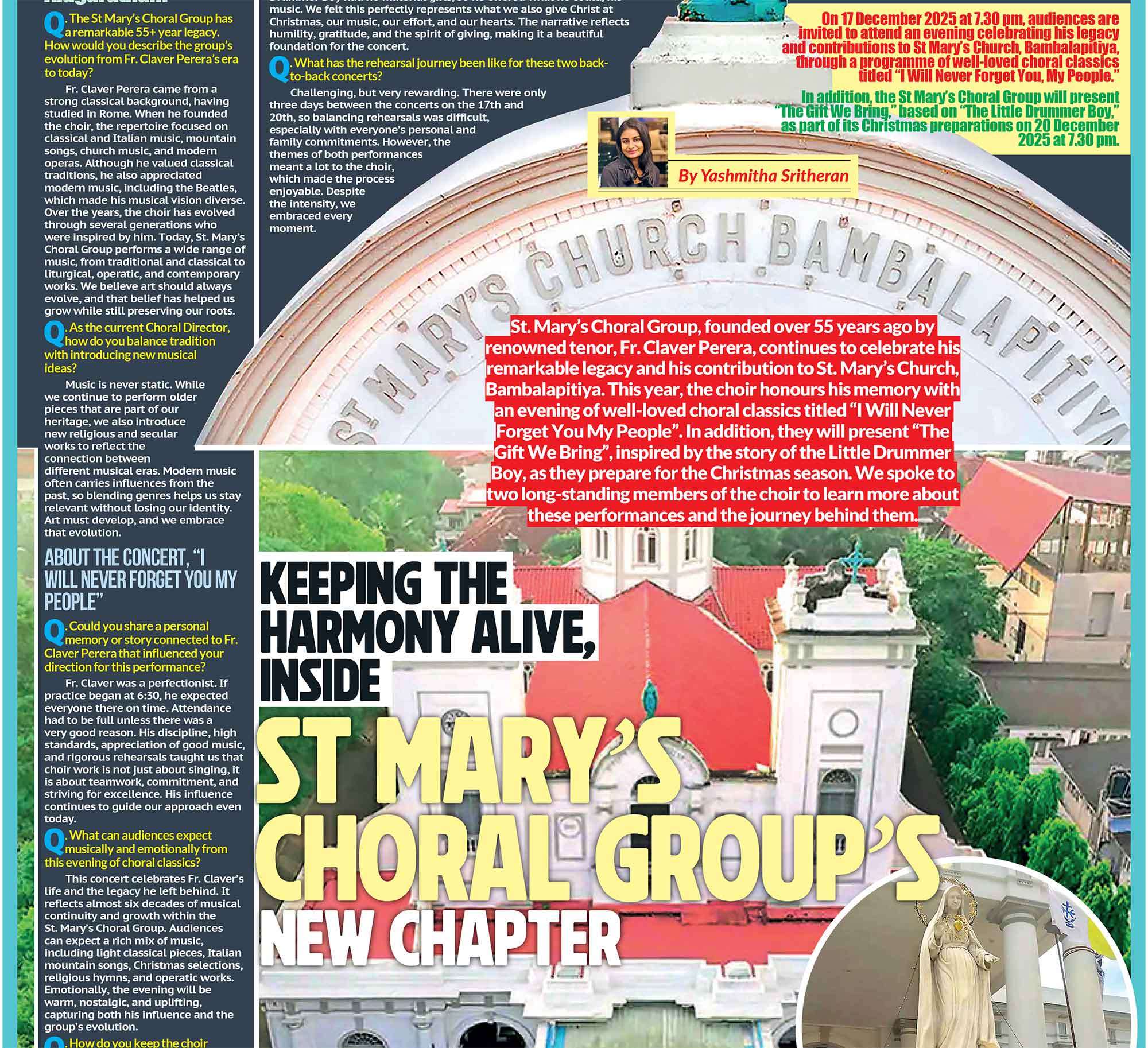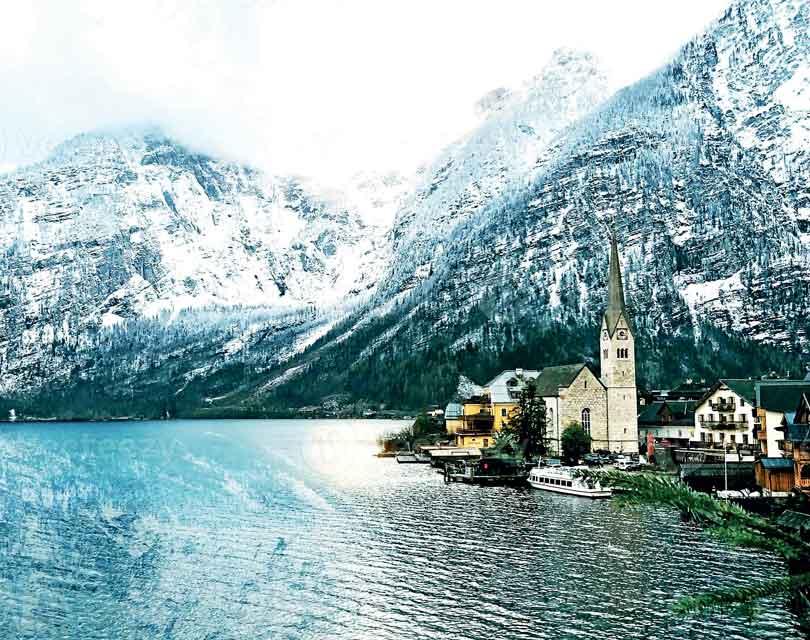
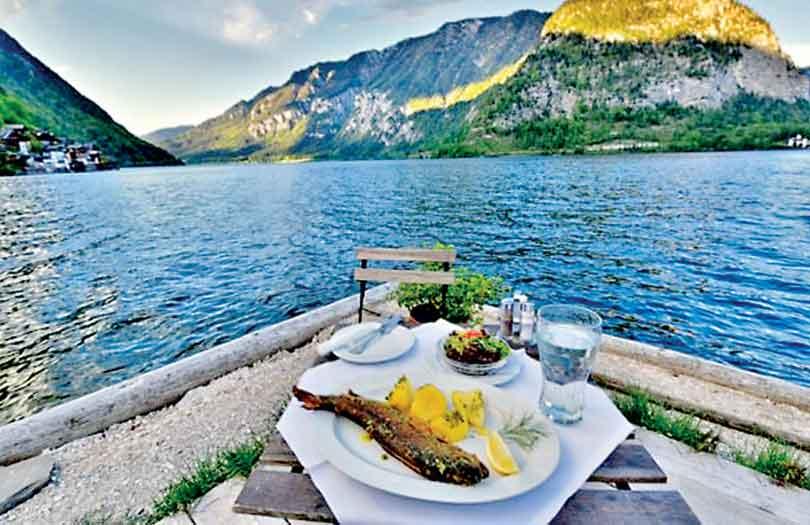
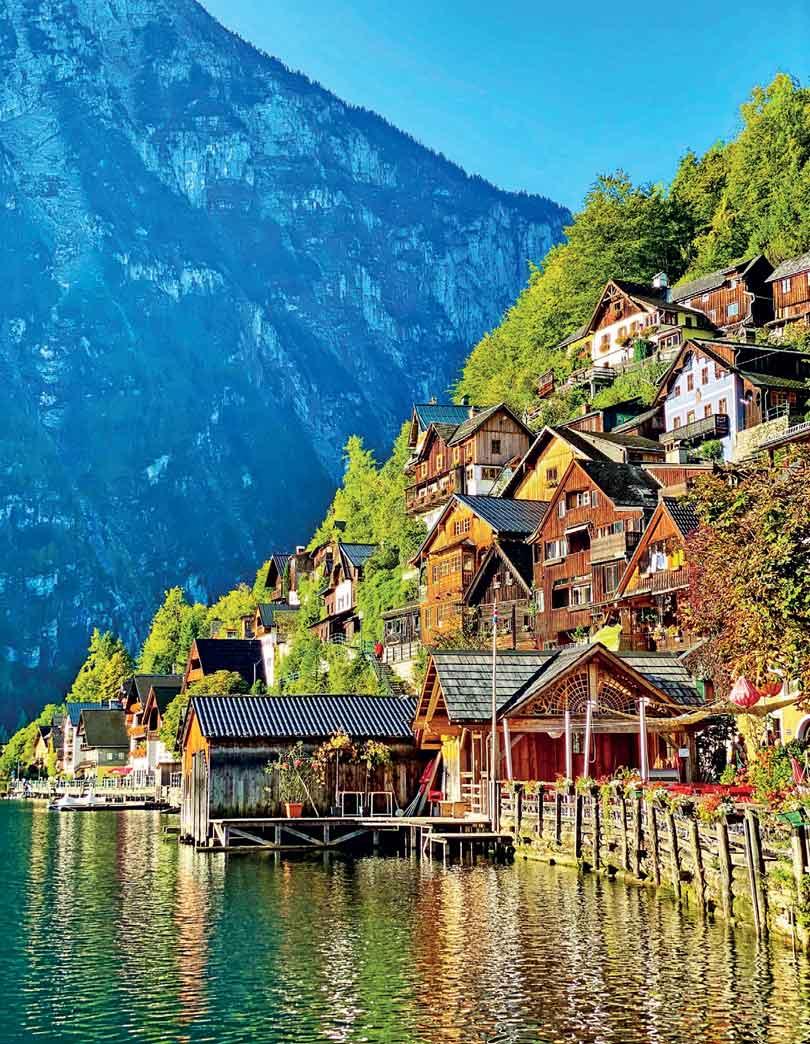
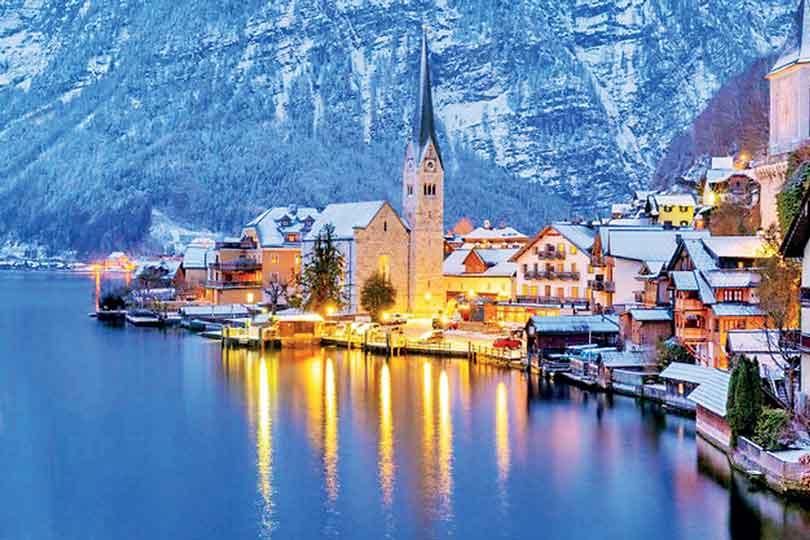
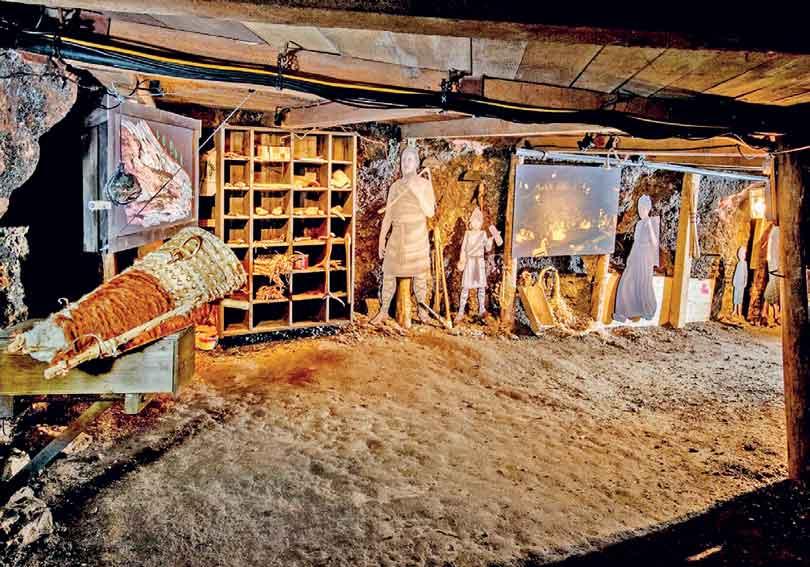
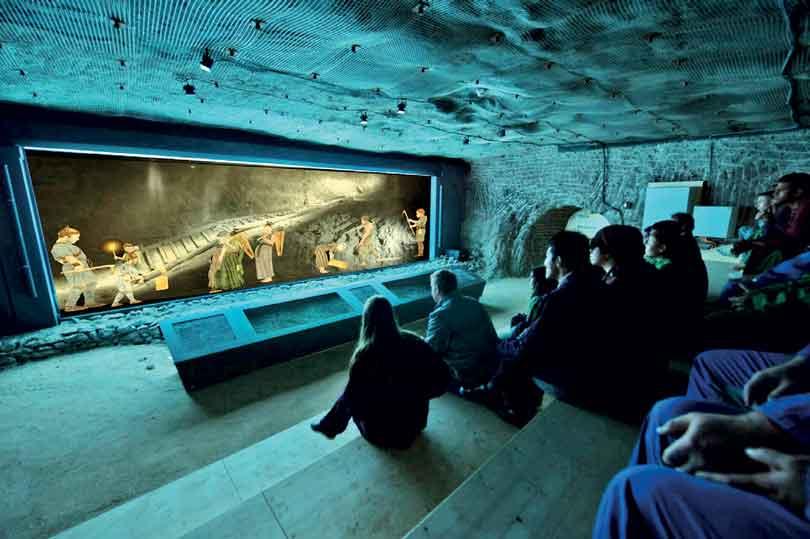
Imagine waking up to the gentle sound of church bells echoing off the mountains, crisp alpine air filling your lungs, and a view so perfect it feels painted by an artist who refused to leave a single detail unfinished. Welcome to Hallstatt, a small lakeside village in Austria that has quietly stolen hearts for centuries and continues to enchant every soul lucky enough to wander its cobblestone streets. Hallstatt isn’t just a pretty postcard; it’s a place that blends history, mystery, and nature in a way that feels almost unreal. Nestled between the Dachstein mountains and the shimmering waters of Hallstätter See (Hallstatt Lake), this UNESCO World Heritage site has a story as rich as the salt that built its fortune.
The Village That Time Forgot (Almost)
Hallstatt has been around for over 7,000 years, making it one of the oldest continuously inhabited settlements in Europe. Its existence owes everything to salt the “white gold” of the ancient world. The salt mines here are the oldest known in the world, and they gave Hallstatt both wealth and significance long before Instagram knew it existed. What makes Hallstatt fascinating is that for much of its history, it was accessible only by boat or narrow mountain trails. No cars, no trains, just serene isolation. This seclusion preserved its charm, so when the modern world finally caught up, it was like opening a treasure chest that had been locked for centuries.
Nature clearly decided Hallstatt deserved special treatment. The Hallstätter See is mirror-like on calm mornings, reflecting the towering mountains and pastel houses like a perfect watercolor painting. In autumn, the surrounding forests turn into an explosion of gold and crimson. Winter transforms the village into a snow globe, with icicles dangling from rooftops and the lake steaming gently in the cold.
For hikers, the Dachstein Krippenstein offers trails that lead to views so high they make the village below look like a dollhouse. The “Five Fingers” viewing platform shaped like a hand, juts dramatically over a cliff, offering five different angles of panoramic mountain and lake views. If you’re afraid of heights, you’ll feel your knees wobble… but it’s worth every second.
Visiting Salzwelten Hallstatt (Hallstatt Salt Mines) is like stepping into a time machine. You can ride a funicular up the mountain, then slip into miners’ overalls and slide down wooden chutes into the depths of the earth just like the miners did centuries ago.
Inside, you’ll learn how salt extraction shaped civilization, see 250-year-old wooden pipes still dripping with brine, and marvel at a prehistoric man preserved in salt. There’s even an underground salt-lake that glows like a surreal dream.
Hallstatt’s picturesque Catholic Church of the Assumption may look like a standard alpine chapel from the outside but nearby lies one of its most unusual attractions the Beinhaus, or bone house.
Space in Hallstatt is limited, so centuries ago, when the cemetery filled up, locals began exhuming skeletons after a decade or so, bleaching the bones in the sun, and artistically painting them before placing them neatly in the bone house. Far from being creepy, this tradition is a strangely beautiful reflection of how small communities adapt to their surroundings.
The food in Hallstatt is as comforting as its views. Start your day with a warm apfelstrudel (apple strudel) dusted in powdered sugar from a lakeside café. Pair it with a rich Viennese coffee and watch the morning mist roll across the lake.
For lunch, local specialties like freshly caught trout from the lake or kasnocken (Austrian cheese dumplings) will warm your soul. And if you’re visiting in winter, a bowl of goulash or pumpkin cream soup is like a hug in edible form.
Some of the coziest spots include:
- Café Derbl: Famous for its pastries and people-watching terrace.
- Gasthof Zauner: A family-run spot serving traditional Austrian fare.
- Marktbeisl Zur Ruth: A charming place for hearty comfort food.
One of Hallstatt’s most magical qualities is that it completely changes personality with the seasons:
- Spring: Cherry blossoms frame the village, and the snowmelt makes the waterfalls thunder louder.
- Summer: Tour boats glide across the lake, hikers fill the trails, and the days feel endlessly long.
- Autumn: The mountains turn fiery red and gold, making it prime photography season.
- Winter: A dusting of snow turns the village into a Christmas card, with festive lights reflecting in the lake.
Here’s a fun twist: Hallstatt’s charm is so irresistible that China decided to make a full-scale replica of the entire village in Guangdong province. While the copy is impressive, most agree it can’t capture the soul of the original, the way the lake smells in the morning, the church bells’ echo, or the warmth of a family-run café.
Hallstatt can be reached by train from Salzburg, followed by a short ferry ride across the lake. That ferry ride is your first breathtaking glimpse of the village, a cinematic moment you’ll never forget.
Because it’s so famous now, Hallstatt sees a flood of day-trippers. If you want to feel its quieter magic, stay overnight. Early mornings and evenings are when the village breathes, free from crowds, and you can hear the gentle lapping of the water against the docks.
Hallstatt is more than just a destination; it’s a feeling. It’s the hush of the lake at sunrise, the smell of wood smoke in the air, the sound of boots crunching on snow, and the taste of warm apple strudel on a chilly afternoon.
It’s one of those rare places that somehow feels both impossibly far away and instantly familiar as though you’ve stepped into a place you’ve always known, but only now remembered.
When you leave, you’ll carry more than just photos. You’ll take with you the certainty that beauty still exists in its purest form, tucked away between mountains and water, waiting patiently for those willing to slow down and see it.


